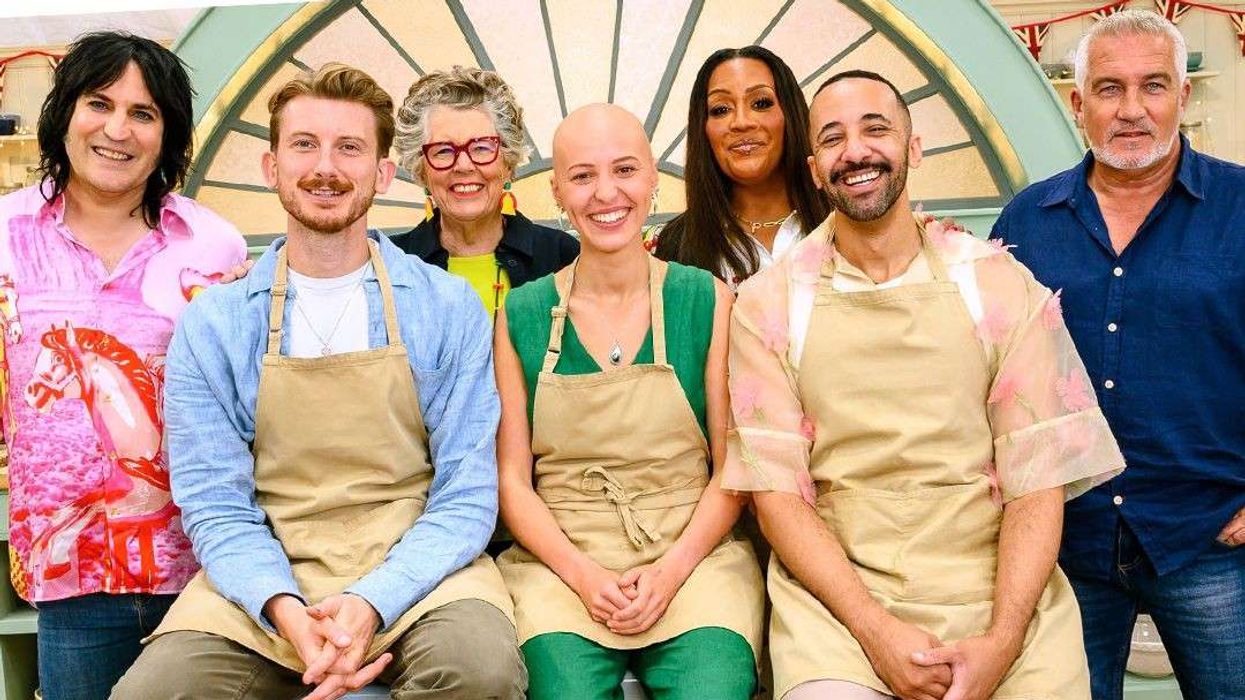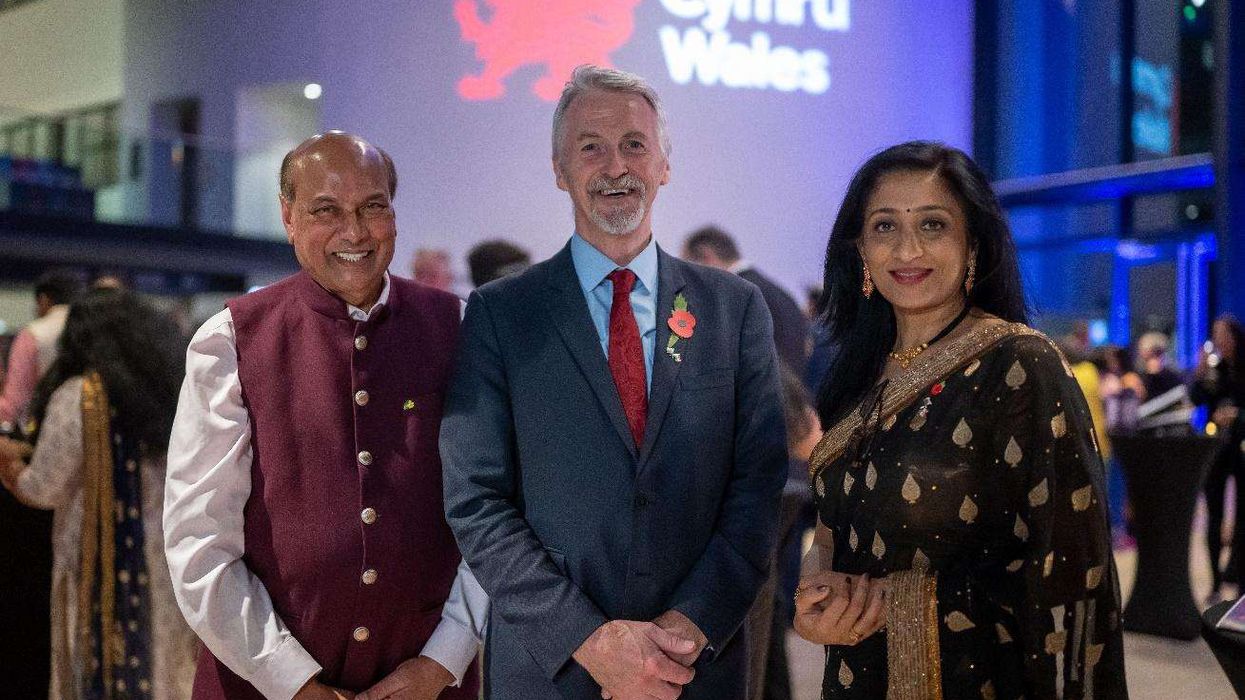We have many stars in Bollywood who prefer to do one film a year or a maximum of two films a year. But then, there are also actors who don’t mind starring in more than one film a year. Especially, newcomers nowadays try to grab as many as good opportunities as they can.
Today, let’s look at the list of actors who have the maximum number of films in their kitty right now…
Akshay Kumar
There’s no doubt that Akshay Kumar is a superstar. While most of the superstars prefer to have one release a year, Akki at least has more two releases every year. This year we saw Akshay on the big screen in Kesari, Mission Mangal and Housefull 4. And now, he will end the year with Good Newwz. Well, in 2020, he will continue the trend and will have four releases, Laxmmi Bomb, Sooryavanshi, Prithviraj and Bachchan Pandey.
Amitabh Bachchan
Amitabh Bachchan is one senior actor who is giving a tough competition to the young generation. At the age of 77, Big B has four films in his kitty right now, Jhund, Brahmastra, Chehre and Gulabo Sitabo. These are just Bollywood films, but he is also starring in a Tamil film titled Uyarndha Manithan which means he has five films lined up. Also, he successfully does Kaun Banega Crorepati on the small screen. Well, this man is surely an inspiration.
Janhvi Kapoor
Janhvi Kapoor made her debut with 2018 release Dhadak. She didn’t have any releases this year, but for now, she has as many as six films in her kitty. She will be seen in Gunjan Saxena: The Kargil Girl, RoohiAfza, Netflix’s Ghost Stories, Dostana 2, Takht and Bombay Girl. There are event reports that she might star in Bunty Aur Babli 2 and if it turns out to be true then she will have seven films in her kitty. Phew!
Bhumi Pednekar
Bhumi is currently busy garnering the praises she is getting for her performance in Saand K Aankh. Her fans are in for a treat this year as well as next year because the actress has five films lined up for the release. She will be seen in Bala, Pati Patni Aur Woh, Dolly Kitty Aur Woh Chamakte Sitare, Bhoot – Part One: The Haunted Ship and Takht. And we are sure after seeing her performance in Saand Ki Aankh more filmmakers would love to cast her in their movies.
Vicky Kaushal
When Vicky Kaushal made his debut with Masaan, a lot of people stated that he is a good actor but not hero material. But he proved his mettle as an actor as well as a hero with Uri: The Surgical Strike. Vicky now has four films in his kitty, Bhoot – Part One: The Haunted Ship, Sardar Udham Singh, Takht, and Sam Manekshaw biopic. Well, all of them look quite interesting.
Rajkummar Rao
Rajkummar Rao is one of the most talented actors we have in Bollywood. This year hasn’t been a great year for him if we look at the collection of his movies. But Rao has as many as five projects in his kitty. He will be seen in Turram Khan, RoohiAfza, Chupke Chupke remake, Anurag Basu’s next and The White Tiger in which he will be seen opposite Priyanka Chopra.
Kiara Advani
Netflix’s Lust Stories gave Kiara Advani’s career a boost. The actress starred this year in Kabir Singh which is one of the biggest hits of 2019. Now Kiara has six projects in her kitty, Good Newwz, Laxmmi Bomb, Shershaah, Indoo Ki Jawani, Bhool Bhulaiyaa 2, and Netflix’s Guilty. We must say that Kiara is in demand.
Alia Bhatt
Last but not the least; we have Alia Bhatt on our list with a total five films in her kitty. In 2020, Alia will be seen on the big screen in movies like Sadak 2, RRR, Brahmastra, Takht and Gangubai Kathiawadi. All the films are undoubtedly the most awaited films of next year. It looks like Alia is all set to rule the box office in 2020.



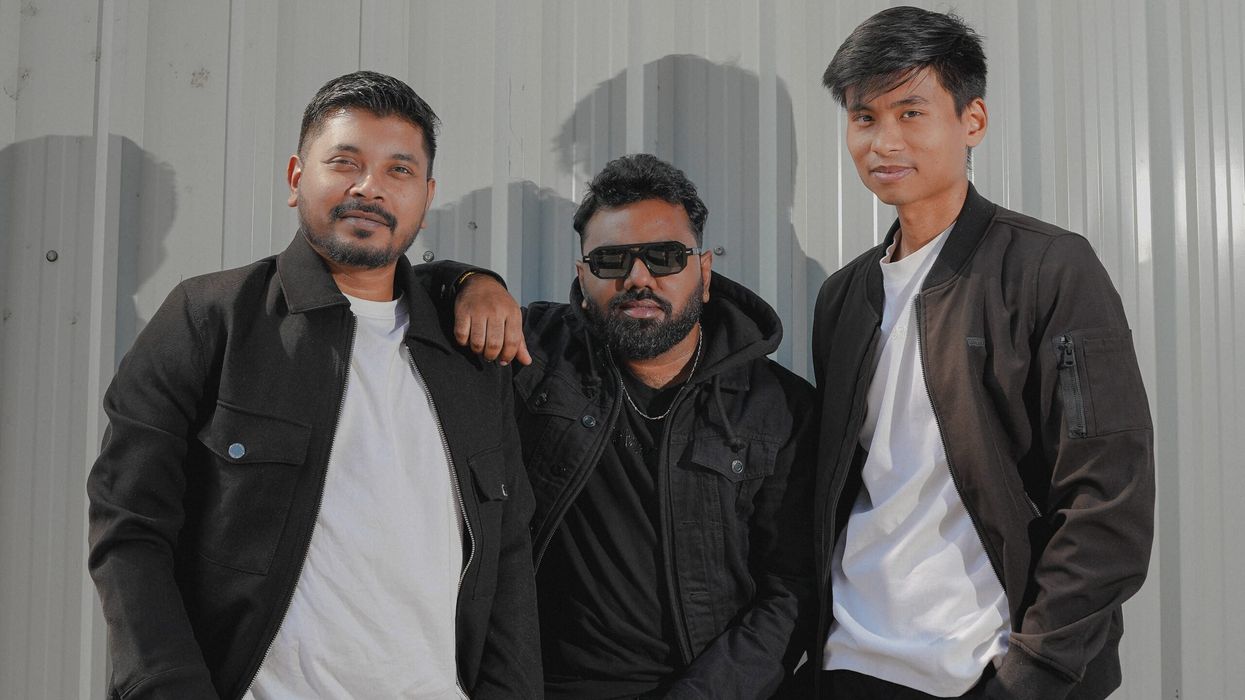
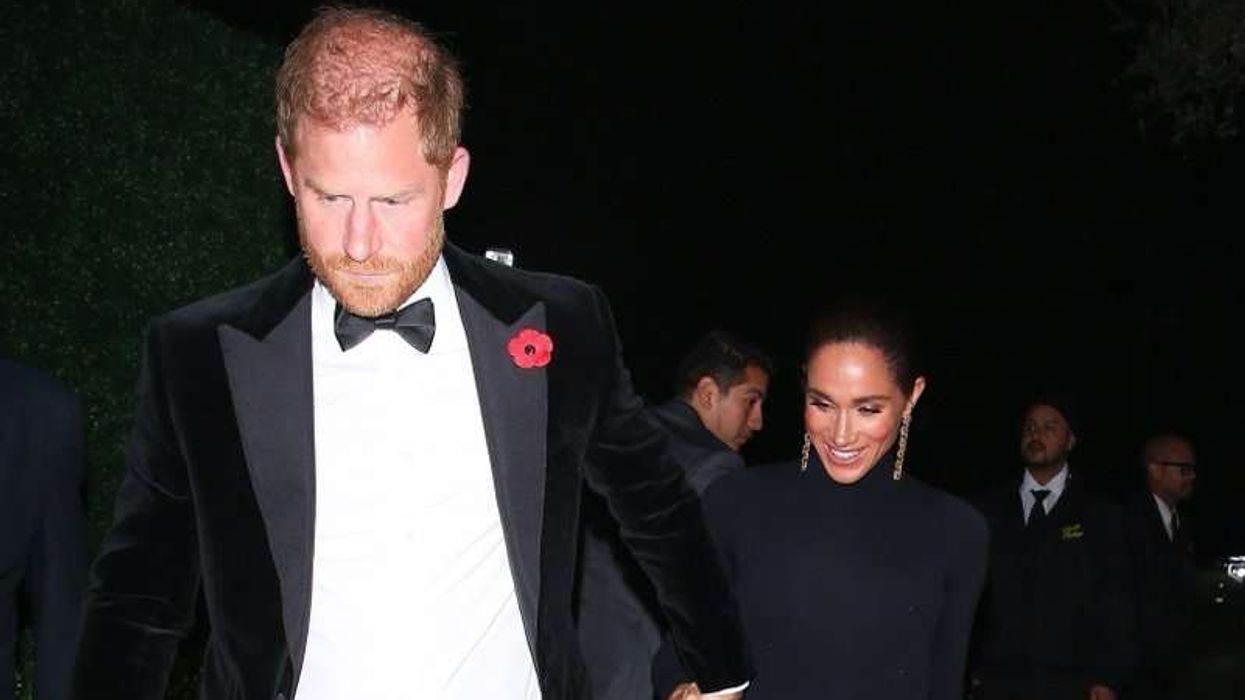
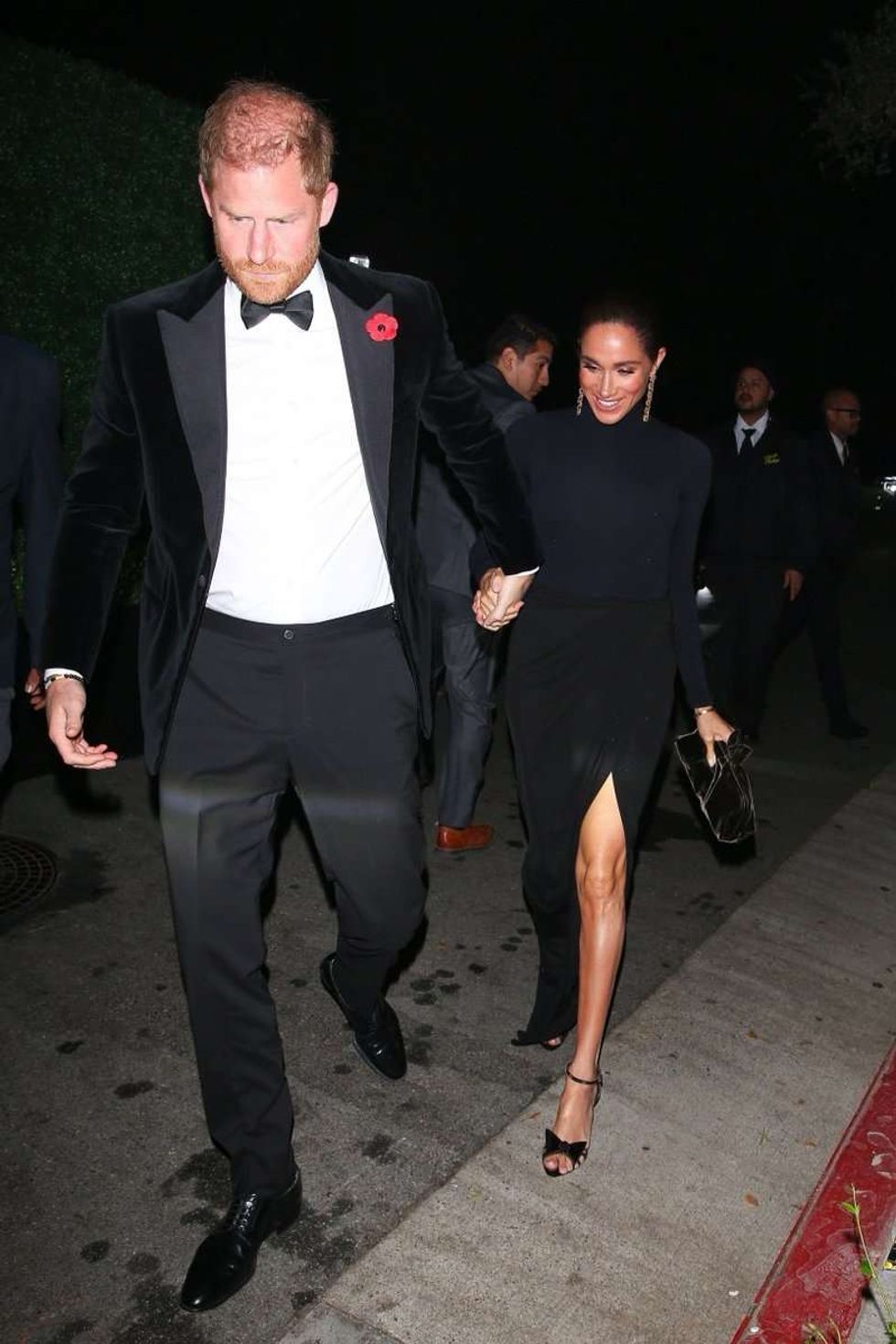 Meghan Markle in a sleek black gown arriving with Prince Harry for Kris Jenner’s 70th birthday in Beverly Hills X/@popculturegate
Meghan Markle in a sleek black gown arriving with Prince Harry for Kris Jenner’s 70th birthday in Beverly Hills X/@popculturegate 

